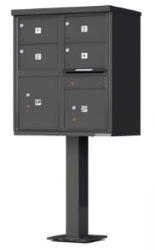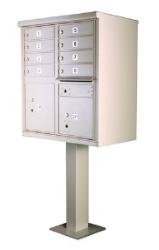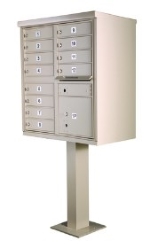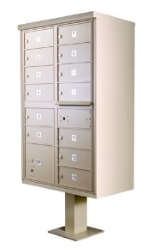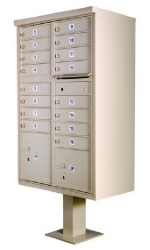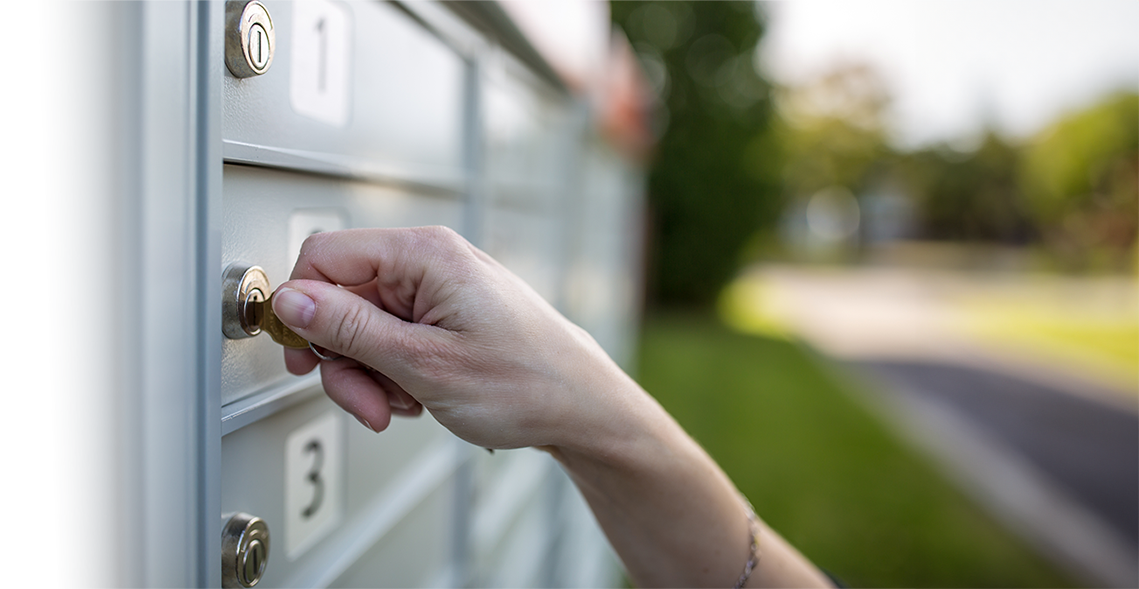The Evolution of USPS Mailbox Standards: From 4B to 4C
History of the Evolution of USPS Mailboxes
The mailbox: a simple yet symbolic fixture that's witnessed the evolution of communication across America. From handwritten letters to online shopping packages, the USPS mailbox has seen it all. Its changing standards, from the 4A of the 1980s to the modern 4C, encapsulate more than just design innovations — they chronicle the story of a nation's communication transformation. Join us as we unravel the journey of USPS mailbox standards, highlighting how they've kept pace with the times, ensuring every piece of mail and package finds its way home.
| Year | Mailbox Standard | Key Features |
|---|---|---|
| 1980s | 4A | Basic lock mechanisms, single-layer metal, limited size adjustments |
| 1990s | 4B | Enhanced durability, multiple compartment sizes, introduction of parcel lockers in some models |
| Early 2000s | 4B+ | Improved security features, weather resistance, and better support for parcel deliveries |
| 2010-Present | 4C | High-security locks, spacious compartments for package deliveries, ADA compliance, and corrosion-resistant materials |
The United States Postal Service (USPS) has been the cornerstone of American communication for centuries. As the demand for mail and package delivery has grown and diversified, so too have the mailbox standards. Over the years, USPS mailbox standards have evolved to adapt to changing user needs and to address concerns related to safety, security, and convenience.
A Brief Dive into the 1980s: The 4A Mailboxes
In the 1980s, USPS introduced the 4A mailboxes. These were basic structures characterized by simple lock mechanisms, single-layer metal construction prioritizing functionality over style, and limited size adjustments. While these mailboxes served the primary purpose of keeping mail relatively secure, they lacked the sophistication and features required for the growing mail volume and diverse mail types of the subsequent decades.
The 1990s and the Advent of 4B Mailboxes
By the 1990s, as mail delivery changed with the advent of digital communication, the 4B mailboxes emerged. They offered enhanced durability, multiple compartment sizes, and the introduction of parcel lockers in some models. This evolution reflected the need for mailboxes to adapt to changing user needs and a growing reliance on e-commerce.
Early 2000s: The Transition to 4B+
As the new millennium dawned, and with e-commerce further taking hold, the 4B+ mailboxes became the standard. These mailboxes had improved security features, were designed to be weather-resistant, and provided better support for the rising tide of parcel deliveries.
The Modern Age: 4C Mailboxes (2010-Present)
The present decade has seen the rise of the 4C mailboxes. These modern structures come with high-security locks, and spacious compartments for package deliveries, and are crafted following the guidelines of the Americans with Disabilities Act (ADA). With e-commerce dominating the shopping landscape, these mailboxes ensure users don't miss out on online purchases.
Looking Back and Forward: The USPS Mailbox Story
The progression from 4A to 4C mailboxes showcases USPS's commitment to adaptability and user convenience. Each phase has been a reflection of changing dynamics in mail delivery, security, and user needs. USPS's dedication to innovation suggests the mailbox will remain an essential fixture in American homes and businesses as we look toward the future.






